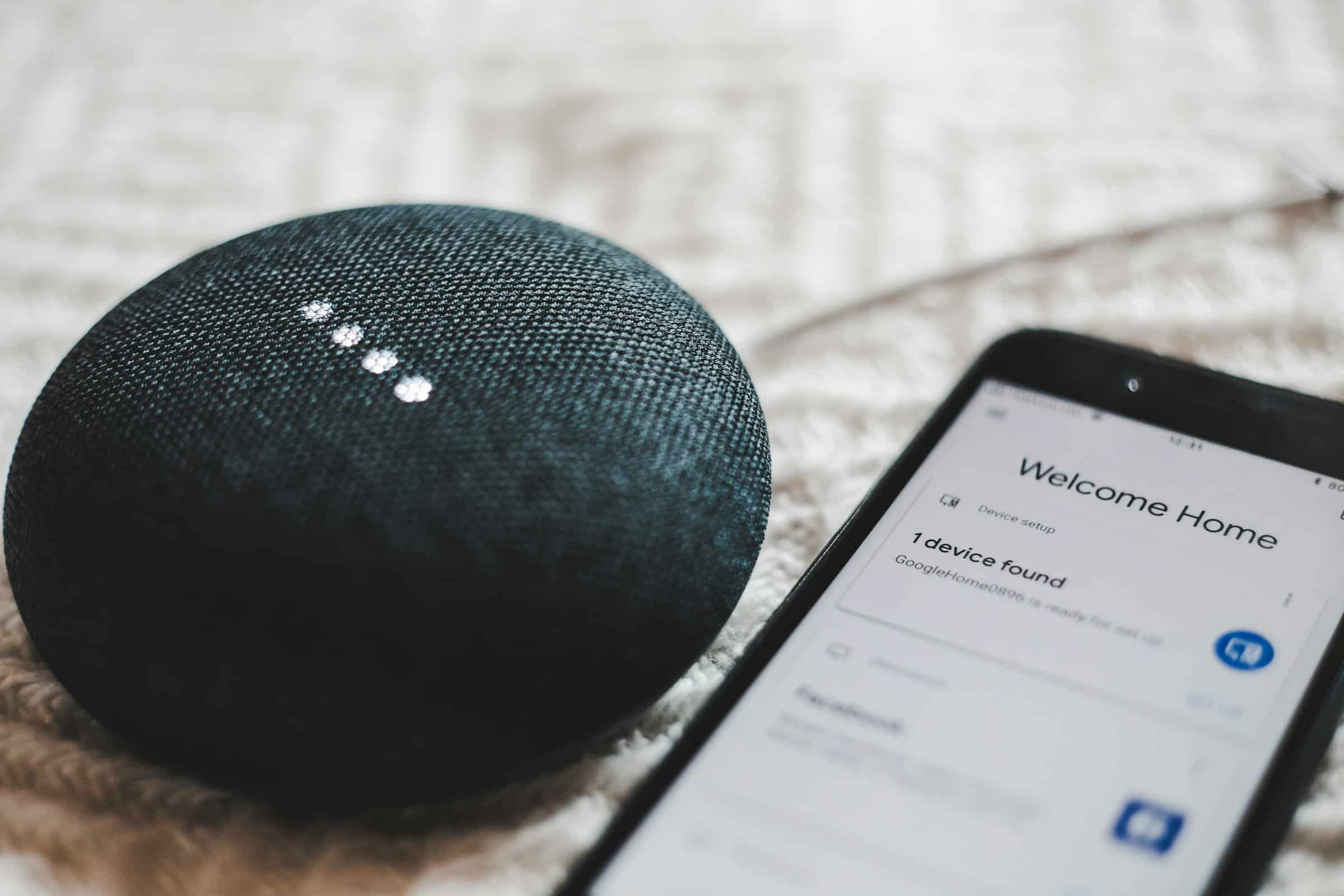Setting up a home automation system can be an exciting endeavor, especially when using Apple HomeKit and a HomePod Mini. As of June 2024, with the proliferation of smart devices and the seamless integration offered by Apple, transforming your home into a smart haven is more attainable than ever. This guide will walk you through the best practices for setting up your Apple HomeKit and HomePod Mini to create a cohesive, efficient, and enjoyable smart home experience.
The Foundation: Understanding Apple HomeKit and HomePod Mini
Before diving into setup, it’s crucial to understand the Apple HomeKit ecosystem and the role of the HomePod Mini. HomeKit is Apple’s smart home platform, designed to help you manage and control various smart devices from your iPhone, iPad, or Mac. The HomePod Mini serves as both a smart speaker and a home hub, enabling voice control via Siri and automating your home.
Dans le meme genre : How do you optimize the cooling performance of a Fractal Design Define 7 case for a multi-GPU setup?
To maximize the potential of your smart home, invest in HomeKit-compatible devices. These devices range from lights and cameras to motion sensors and garage door openers. One of the best aspects of HomeKit is its secure and privacy-focused nature, meaning your data remains protected.
Initial Setup: Creating a Seamless Smart Home Network
Setting up a home automation system efficiently begins with a well-planned network. Start by ensuring your Wi-Fi network is robust and capable of handling multiple smart devices. A mesh network might be worth considering to eliminate dead spots and provide consistent coverage.
A voir aussi : How do you set up a secure VPN connection on a Netgear Nighthawk AX12 router for remote access?
Steps to Start:
- Position Your HomePod Mini: Place it centrally in your home for optimal coverage. The HomePod Mini will act as your HomeKit hub, enabling remote access and automation.
- Set Up Your HomePod Mini: Use your iPhone or iPad to set up the device. Follow the on-screen instructions to connect it to your Wi-Fi network and sign in with your Apple ID.
- Configure HomeKit: Open the Home app on your iPhone or iPad and set up your home. Assign rooms for better organization and control.
Your HomePod Mini not only serves as a hub but also enhances the audio experience in your home. Its integration with Siri allows for voice commands, making control over your smart devices seamless.
Adding and Organizing Your Smart Devices
Once your HomePod Mini is set up, the next step is to add and organize your smart devices.
Adding Devices:
- Use the Home App: Open the Home app and tap the “+” icon to add accessories. Follow the instructions to pair each device.
- Assign Devices to Rooms: For better management, assign each smart device to a specific room. This makes it easier to control devices when using voice commands or the Home app.
- Label and Customize: Name your devices clearly and customize settings according to your preferences. For instance, set your lights to a preferred brightness or color temperature.
Types of Smart Devices to Consider:
- Smart Lights: Control the ambiance of your home with adjustable lighting.
- Smart Locks: Enhance security with keyless entry.
- Cameras: Use HomeKit Secure Video to monitor your property.
- Thermostats: Maintain optimal temperatures for comfort and energy efficiency.
- Garage Door Openers: Have seamless control over your garage door.
- Motion Sensors: Automate lights and other devices based on movement.
Adding a variety of smart devices enriches your home automation system, providing convenience and enhancing your lifestyle.
Creating Scenes and Automations for a Truly Smart Home
One of the most powerful features of Apple HomeKit is the ability to create scenes and automations. A scene is a collection of actions that can be triggered with a single command. Automations allow these actions to occur automatically based on certain conditions like time of day, location, or sensor activity.
Setting Up Scenes:
- Open the Home App: Navigate to the Home app and tap on the “+” icon, then select “Add Scene”.
- Customize Your Scene: Choose a name for your scene and select the devices you want to control. For example, a “Good Night” scene might turn off all lights, lock doors, and lower the thermostat.
- Activate with Siri: Once set up, you can activate scenes using Siri. Simply say, “Hey Siri, good night,” to trigger your customized scene.
Creating Automations:
- Tap on Automation: In the Home app, select the “Automation” tab and tap “+” to create a new automation.
- Choose a Trigger: Select the condition that will trigger the automation. This could be a specific time, the arrival or departure of a member, or the detection of motion.
- Set Actions: Define what actions the smart devices should take when the trigger occurs. For instance, you can set your lights to turn on when motion is detected in the evening.
Scenes and automations make daily routines more efficient and can be tailored to your lifestyle, ensuring your home always responds to your needs.
Ensuring Security and Privacy
Security and privacy are paramount when setting up a smart home. Apple’s HomeKit is designed with security in mind, but there are additional steps you can take to ensure your system remains secure.
Best Security Practices:
- Use Strong Passwords: Ensure all devices and your Wi-Fi network are protected by strong, unique passwords.
- Enable Two-Factor Authentication: For your Apple ID, enabling two-factor authentication adds an extra layer of security.
- Regular Updates: Keep your smart devices and the Home app updated to the latest firmware to protect against vulnerabilities.
- HomeKit Secure Video: For security cameras, HomeKit Secure Video allows you to store footage securely in iCloud with end-to-end encryption.
Managing Permissions:
- Control Access: Use the Home app to manage who has access to control your home devices. You can add or remove users and set permissions.
- Scene Tap: Simplify control while maintaining privacy by using Scene Tap options that limit access to certain scenes and automations.
Ensuring security and privacy helps maintain a trustworthy smart home environment where you can enjoy the benefits without concern.
Creating an effective home automation system using Apple HomeKit and a HomePod Mini involves understanding the platform, setting up a robust network, adding and organizing smart devices, and creating customized scenes and automations. By following these best practices, you can transform your home into a smart and efficient living space.
The HomePod Mini serves as the heart of your smart home, enabling seamless control and automation. With a variety of HomeKit-compatible devices, you can customize your home environment to suit your needs and preferences. Always prioritize security and privacy, ensuring a safe and enjoyable smart home experience.
By implementing these guidelines, you will not only enhance your daily living but also future-proof your home, making it adaptive to the growing array of smart devices and technology advancements. Welcome to the future of home automation with Apple HomeKit and the HomePod Mini.






